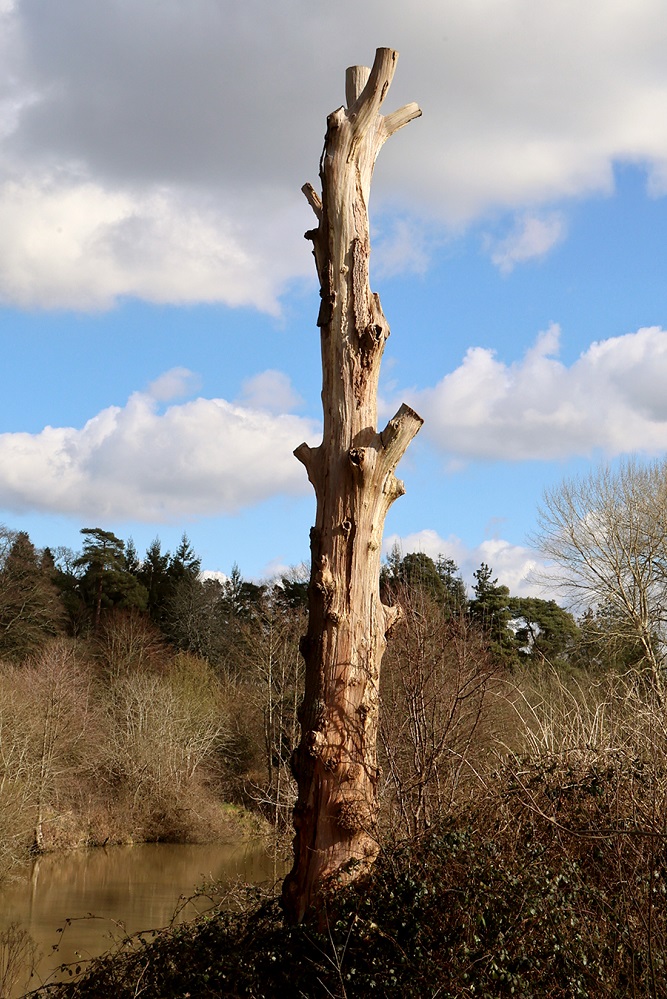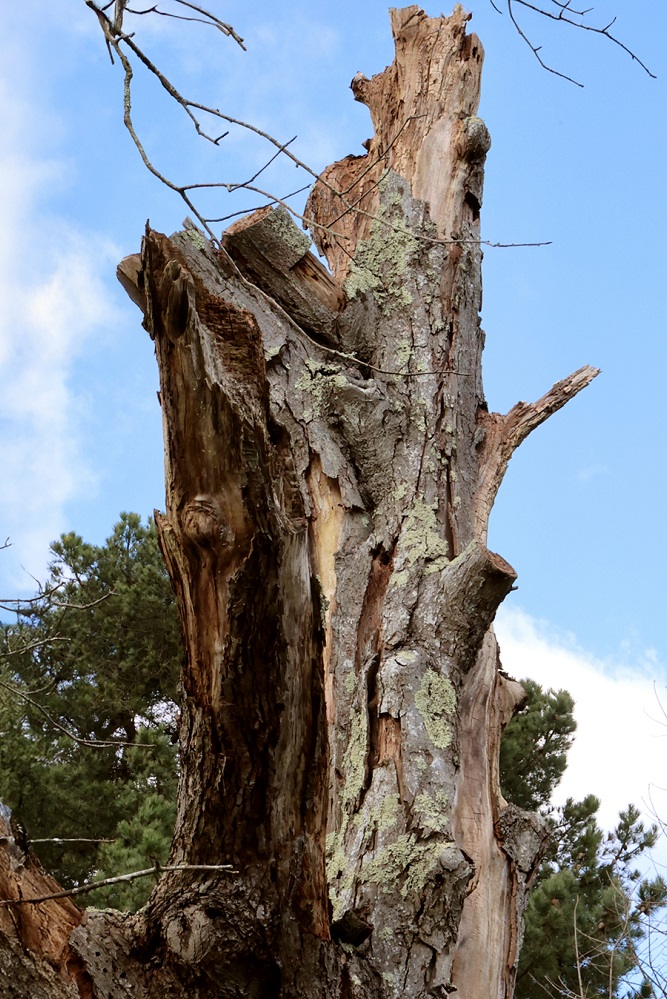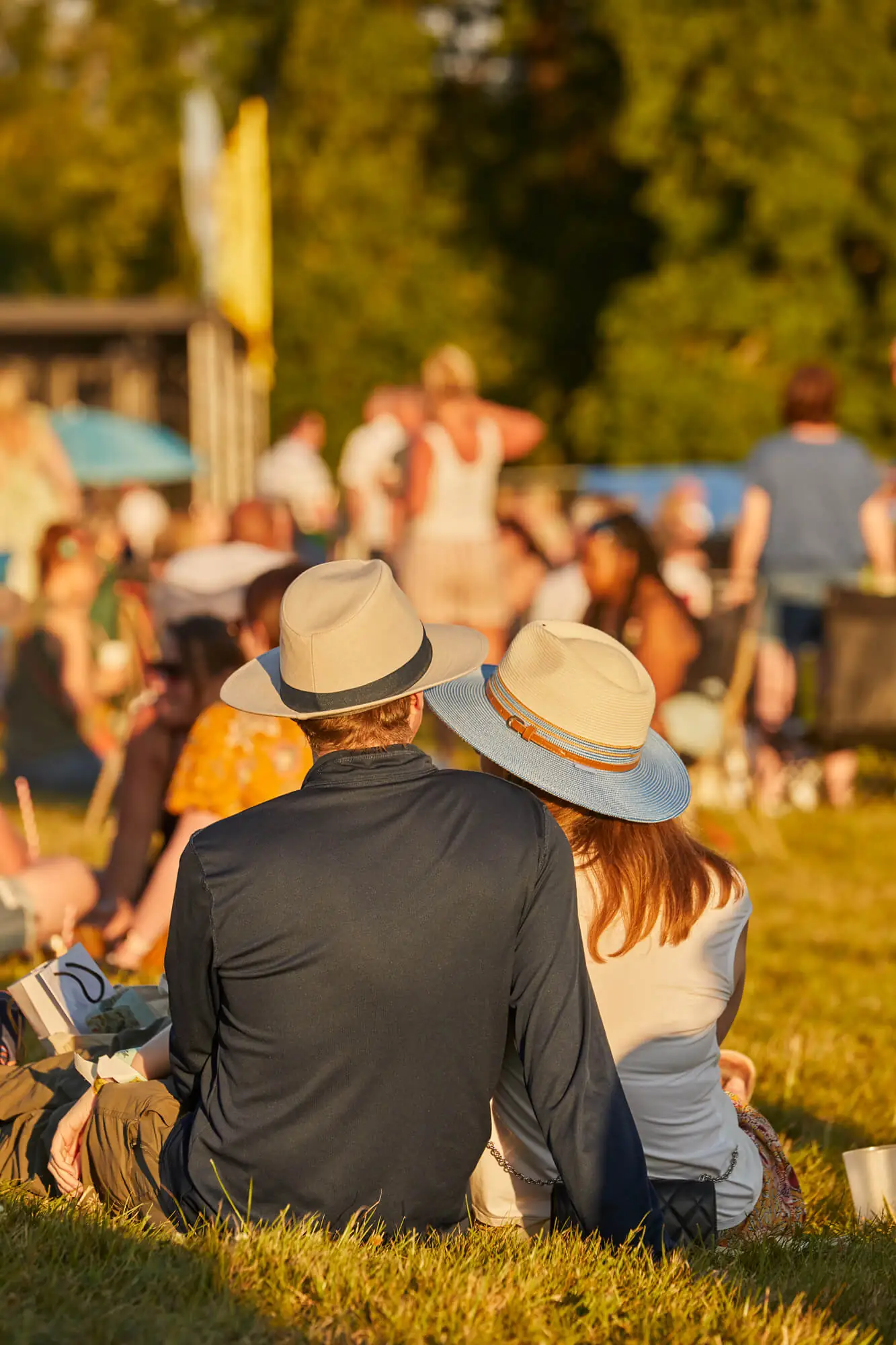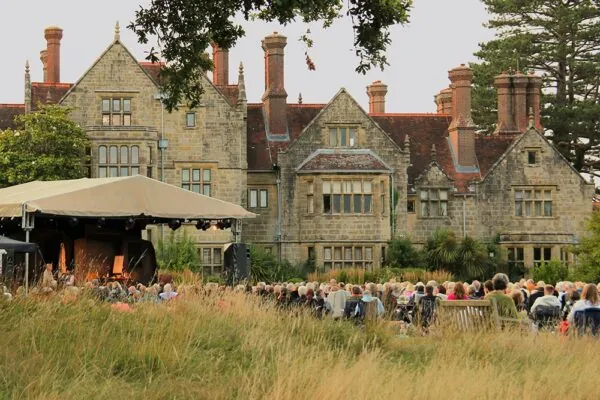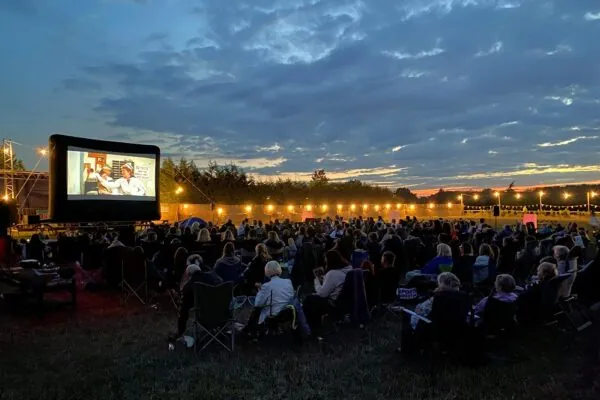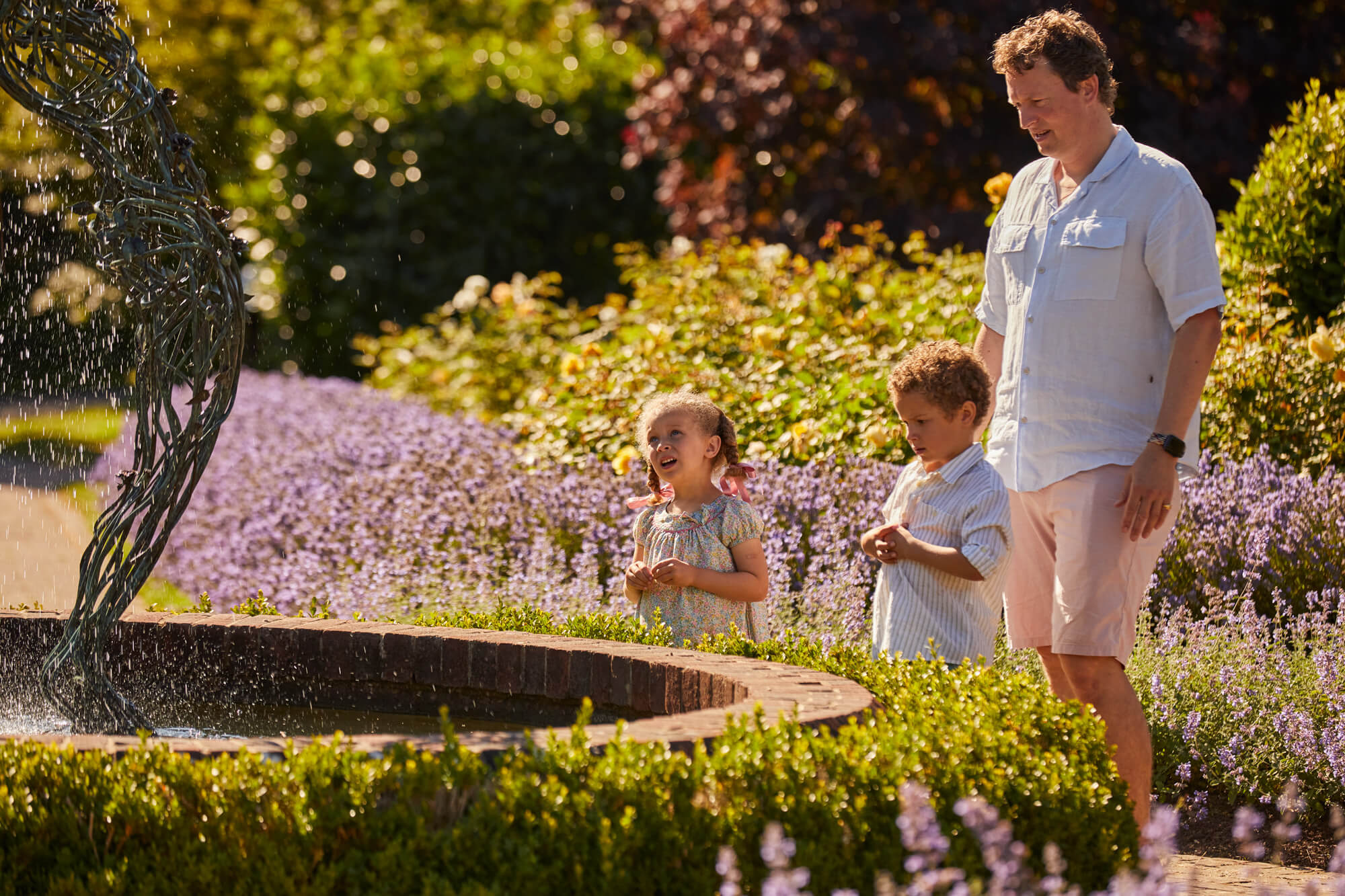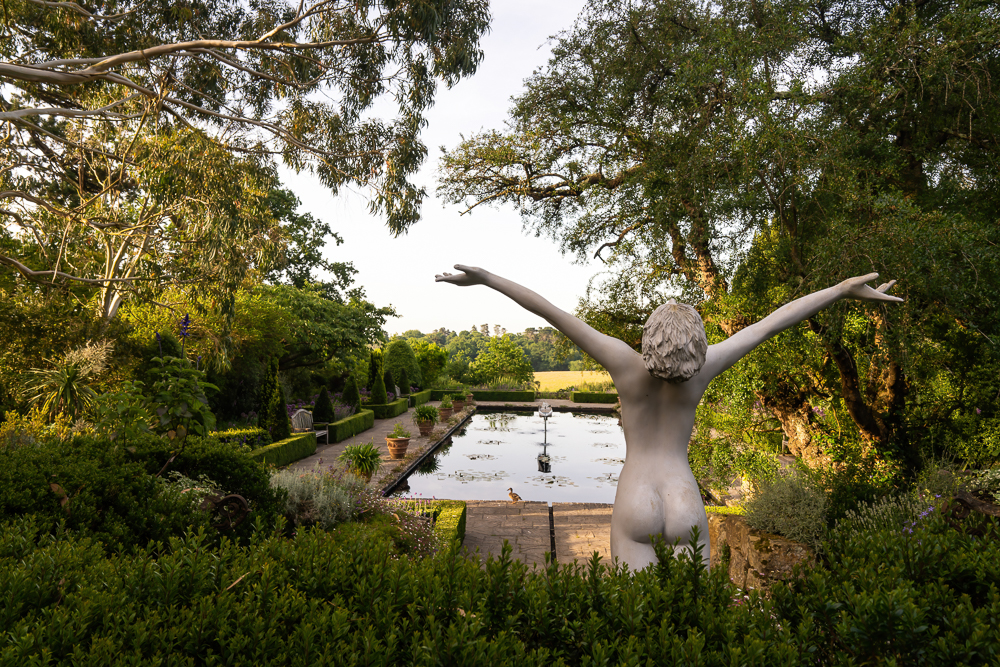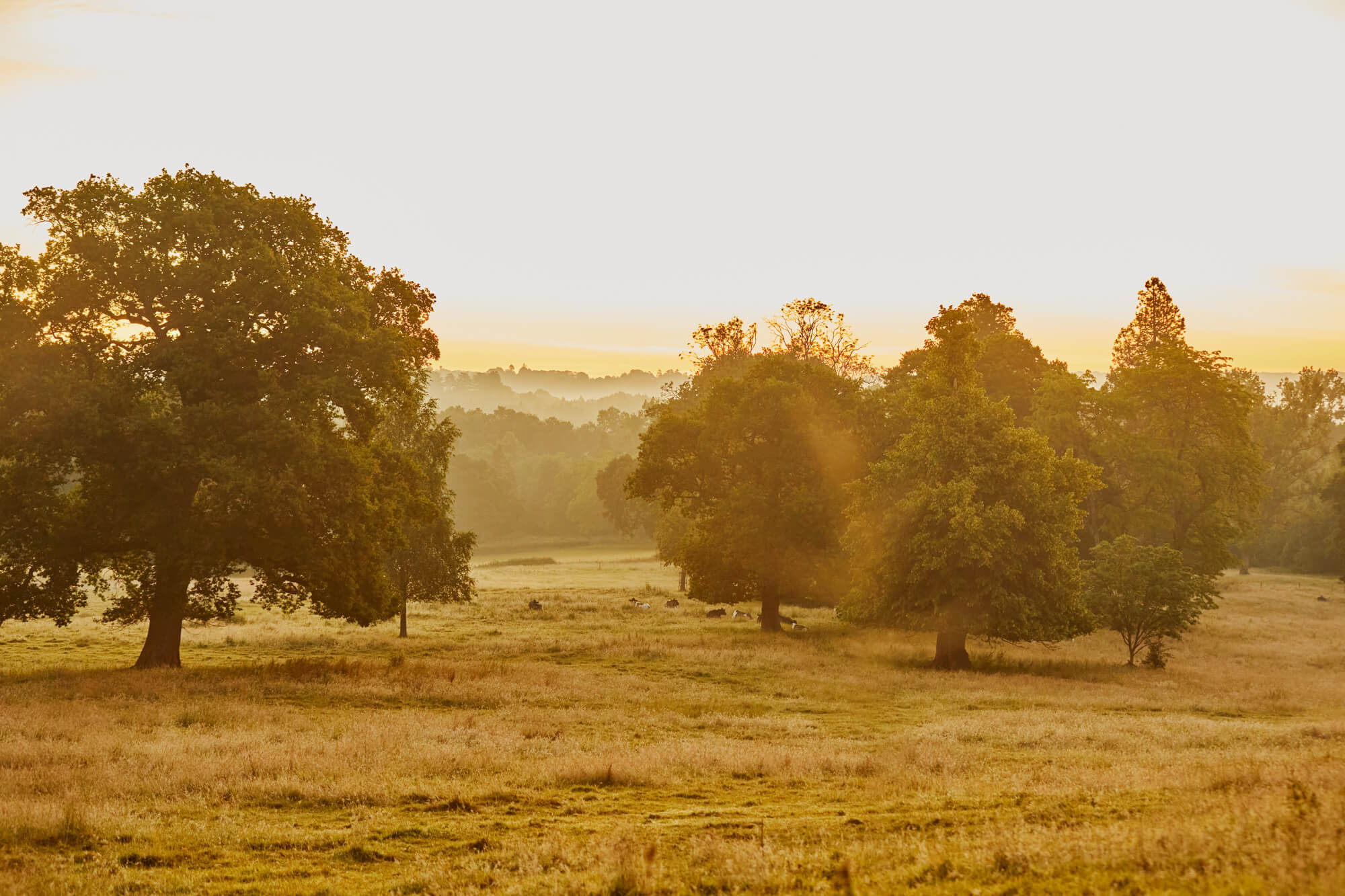Our Reinventing Borde Hill project will see many changes in the South Park, through improving connectivity and accessibility for our visitors, to biodiversity enhancing projects throughout the landscape.
One particularly important habitat which is often overlooked or forgotten, is dead wood. Although they have reached the end of their life, these trees continue to play a vital role, becoming sanctuaries for wildlife and enriching the ecosystem as they return to the earth.
Some trees in our South Park have fallen in storms, or through old age. Our approach is to leave these trees where they fall, creating habitats for birds, mammals, insects, and fungi. Insects that feed on dead and decaying wood are called saproxylic, for example, the larvae of the protected Stag Beetle are saproxilic.
Trees which are in their later years are another important part of the ecosystem, and there are a significant number of mature or veteran trees across the park, both within the woodland areas and in the open grassland. Veteran trees often have loose and flaking bark, under which some species of bats and birds forage and nest. These trees are often hollow and can be home to woodpeckers and other animals.
The veteran trees in the South Park are predominately native oaks but there are also a number of ash trees and a notable field maple (Acer campestre) within Dinosaur wood. At least seven of these trees contain features of habitat value to roosting bats comprising areas of loose and flaking bark, internal cavities and crevices/holes created by pruning cuts, tear ours, ramshorn formation and woodpecker holes.
As part of our Reinventing Borde Hill project, we will create more habitat features around the South Park, including those utilising dead wood. This will include log, brash and rock piles which can support many species including hedgehogs; Stag beetle log pyramids will be created in Dinosaur Wood; as well as “dead hedges” – structured wood piles made from twigs and trimmings; all of which will increase biodiversity across the South Park, providing nesting and foraging habitats for our local wildlife.
